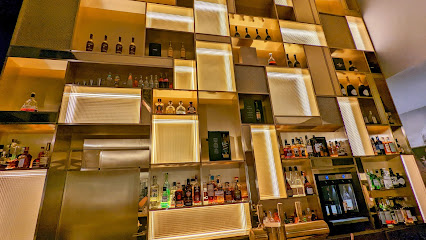
Koïfhus: Colmar's Historic Customs House
Discover Colmar's Koïfhus: A historic customs house showcasing Gothic and Renaissance architecture, hosting vibrant markets and exhibitions in the heart of Alsace.
The Koïfhus, also known as the Ancienne Douane (Old Customs House), stands as Colmar's oldest public building and a testament to the city's rich history. Dating back to 1480, this architectural gem showcases a blend of Gothic and Renaissance styles, marked by its colorful tiled roof and timber-framed facade. Once the economic and administrative heart of Colmar, the Koïfhus served as a customs house, meeting place for the Décapole (a federation of ten Alsatian cities), and even a temporary town hall. Today, it hosts exhibitions, markets, and events, offering visitors a glimpse into Colmar's past and a vibrant cultural experience. Its central location on the Grand Rue makes it an easily accessible and essential stop for anyone exploring the city's enchanting streets and historical landmarks. The building's enduring presence is a reminder of Colmar's strategic importance as a trading hub and its unique blend of French and German influences.
A brief summary to Koïfhus
- Grand Rue, Colmar, 68000, FR
Local tips
- Visit early in the morning or later in the afternoon to avoid the crowds and enjoy a more serene experience.
- Explore the nearby streets, filled with charming shops and cafes that reflect the local culture.
- Check local event calendars, as Koïfhus often hosts seasonal markets and cultural events that enhance the experience.
- Bring your camera; the stunning architecture and vibrant surroundings offer countless photo opportunities.
Getting There
-
Walking
Koïfhus is centrally located and easily accessible on foot from most points in Colmar's historic center. From the Place de l'Ancienne Douane, walk along the Rue des Marchands and turn right onto Grand Rue. The Koïfhus will be on your left. The walk is approximately 5-10 minutes.
-
Public Transport
Colmar has a well-developed bus network. Several bus lines stop near the Koïfhus. Check the TRACE Colmar website or app for the most up-to-date schedules and routes. A single ticket costs €1.50 and can be purchased on the bus. The Alsa+ 24h ticket, valid for 24 hours on all Colmar transport, costs €3.50.
-
Driving
If driving, follow signs for 'Centre Ville' which will lead you to the Grand Rue. Public parking options are available nearby, such as the Parking Rapp, Parking Lacarre, or Parking Mairie. Parking rates vary, but expect to pay around €2-€3 per hour. Some car parks offer a flat daily rate of around €3. Parking on the street is free between 12 p.m. and 2 p.m. and from 7 p.m. to 9 a.m. the next day, including Sundays and holidays.
Discover more about Koïfhus
Iconic landmarks you can’t miss
Vieille ville
0.0 km
Explore Colmar's Vieille Ville: a charming blend of history, architecture, and Alsatian culture in a fairytale setting.
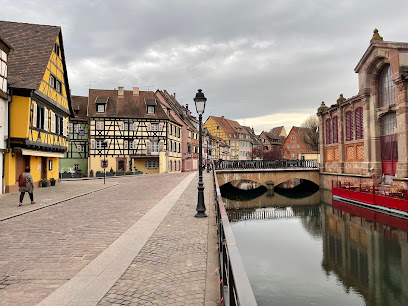
Quartier des Tanneurs
0.1 km
Discover Colmar's Quartier des Tanneurs: A charming historical district with half-timbered houses, reflecting the city's rich cultural heritage.
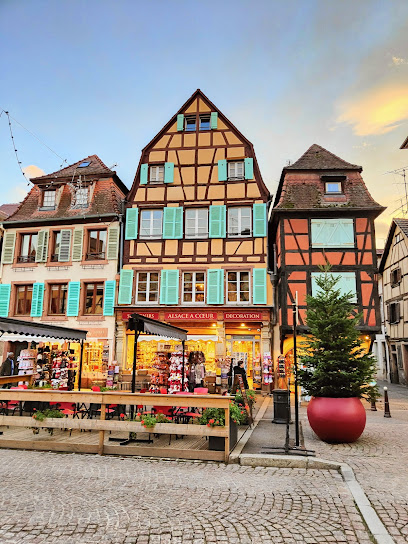
Pl. de l'Ancienne Douane
0.1 km
Discover Place de l'Ancienne Douane in Colmar: a historic square with charming architecture, a vibrant Christmas market, and access to city attractions.
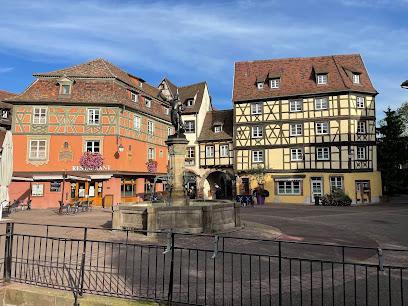
Au Vieux Pignon
0.1 km
Discover Alsatian treasures at Au Vieux Pignon in Colmar: handcrafted gifts, local delicacies, and a charming glimpse into regional culture.
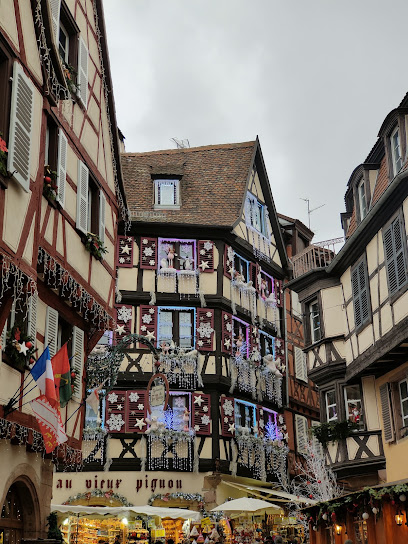
Maison Kern
0.1 km
Discover Maison Kern in Colmar: A stunning Renaissance monument on the picturesque Place du Marché aux Fruits, showcasing Alsatian architectural heritage.
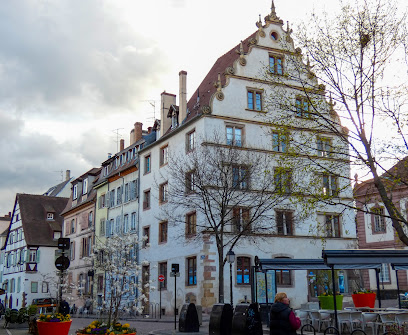
Adolph House
0.1 km
Discover the Adolph House in Colmar, a historical landmark showcasing Alsatian architecture and a legacy dating back to the 14th century.
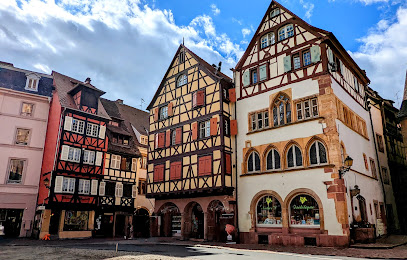
The Fishmonger District
0.2 km
Discover Colmar's charming Fishmonger District: a historic canal-side neighborhood with colorful architecture and a vibrant atmosphere.

La Petite Venise
0.2 km
Experience the enchanting beauty of La Petite Venise, a historical gem in Colmar known for its canals, colorful houses, and vibrant culture.

Maison au 4, rue Saint-Martin à Colmar
0.2 km
Explore Maison au 4, rue Saint-Martin in Colmar, a Renaissance-era monument blending French and German architectural styles.

Museum of Natural History and Ethnography
0.2 km
Explore natural history and world cultures in a charming Colmar museum, featuring Egyptian artifacts, regional fauna, and fascinating ethnography collections.

Les Bateliers
0.3 km
Experience authentic Alsatian cuisine in a charming canal-side setting at Les Bateliers restaurant in Colmar's Petite Venise.
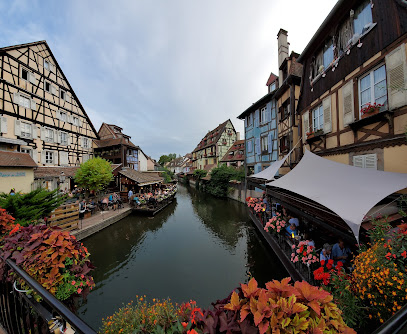
Fontaine Roesselmann
0.3 km
A historic fountain in Colmar honoring a local hero, sculpted by Auguste Bartholdi, symbolizing the city's resilience and artistic heritage.
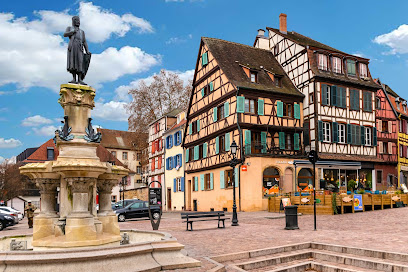
Maison Wildungshof
0.3 km
Discover Maison Wildungshof in Colmar: A historical gem with Renaissance architecture and a Voltaire connection, offering a glimpse into Alsace's rich past.
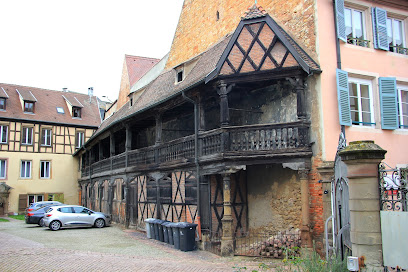
Pl. des Dominicains
0.3 km
Explore the picturesque Pl. des Dominicains in Colmar, a vibrant square teeming with history, stunning architecture, and delightful local culture.

Puits de 1584 à Colmar
0.3 km
Explore the historical Well of 1584 in Colmar, a charming landmark reflecting the rich heritage and architectural beauty of the 16th century.
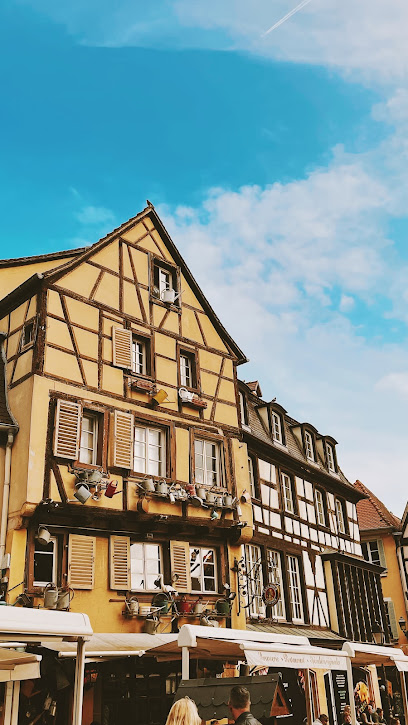
Unmissable attractions to see
Cruce Rue Merciers / Grand Rue
0.0 km
Discover the heart of Colmar at Cruce Rue Merciers / Grand Rue, where historic architecture, Alsatian charm, and culinary delights converge in a picturesque setting.
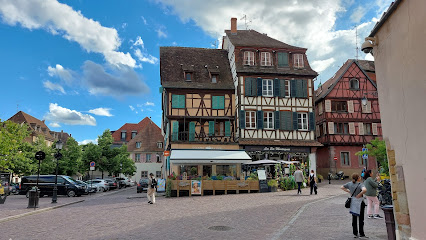
Vieille ville de Colmar
0.0 km
Discover the Old Town of Colmar, a historical gem in Alsace with vibrant canals, charming architecture, and rich cultural heritage.
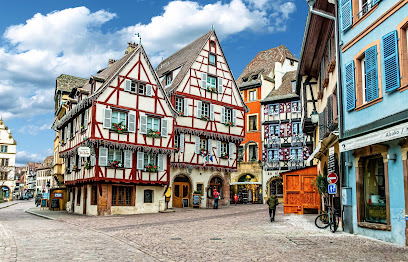
Schwendi Fountain
0.0 km
Discover the historical Schwendi Fountain in Colmar, a captivating landmark that showcases the rich cultural heritage of Alsace.
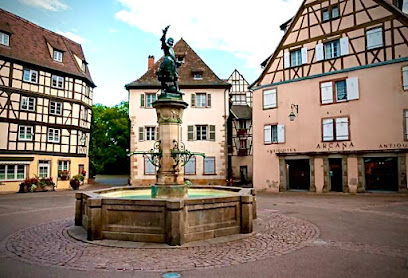
Place de l'Ancienne Douane
0.0 km
Explore the historical charm and vibrant atmosphere of Place de l'Ancienne Douane in Colmar, a must-visit destination for every traveler.
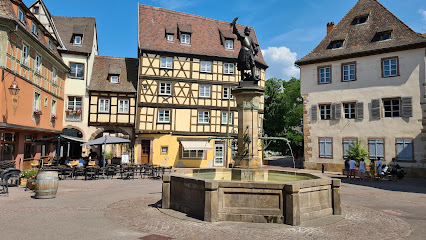
Manneken-Pis de Colmar
0.1 km
Experience the whimsical charm of Manneken-Pis de Colmar, a delightful cultural landmark in the heart of Alsace, France.

Rue Des Tanneurs
0.1 km
Step back in time on Colmar's Rue des Tanneurs, a picturesque street lined with colorful, half-timbered houses that once housed the city's tanners, now filled with artisan shops and Alsatian charm.
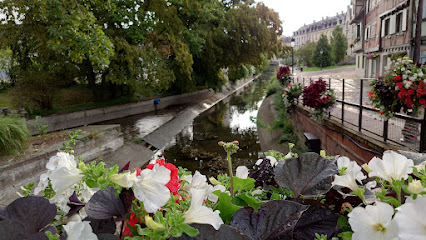
Marché hebdomadaire Centre Ville
0.1 km
Explore the vibrant Marché Hebdomadaire Centre Ville in Colmar for an authentic taste of local culture, fresh produce, and artisanal craftsmanship.
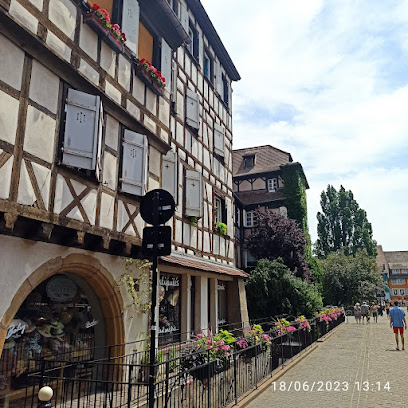
Rue de l'Église
0.1 km
Discover the heart of Colmar on Rue de l'Église: a picturesque street where stunning architecture, local culture, and Alsatian charm converge to create an unforgettable experience.
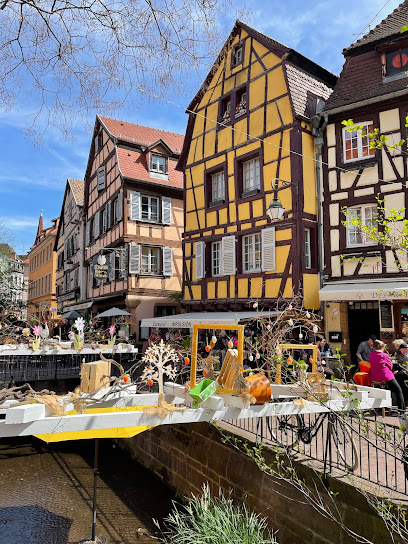
Maison Schongauer
0.1 km
Explore the rich artistic heritage of Alsace at Maison Schongauer, a stunning historical landmark in the heart of Colmar.

Rue des Vignerons
0.1 km
Explore Rue des Vignerons in Colmar, a beautiful street filled with half-timbered houses, wine shops, and delightful cafés reflecting Alsatian culture.

Maison Pfister
0.1 km
Discover the enchanting Maison Pfister, a stunning Renaissance landmark in Colmar, showcasing Alsatian history and architectural beauty.
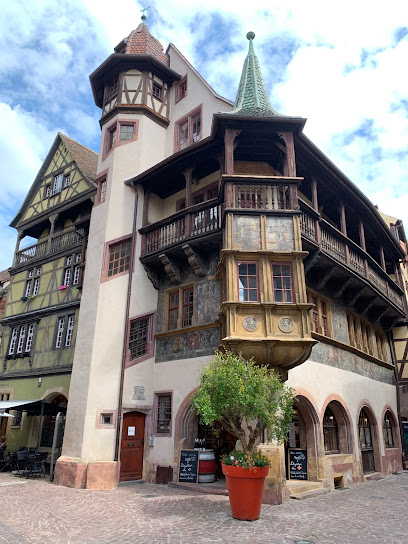
Zum Kragen
0.1 km
Explore Zum Kragen in Colmar, a historical landmark that embodies the charm and rich heritage of Alsace, perfect for culture enthusiasts and travelers alike.
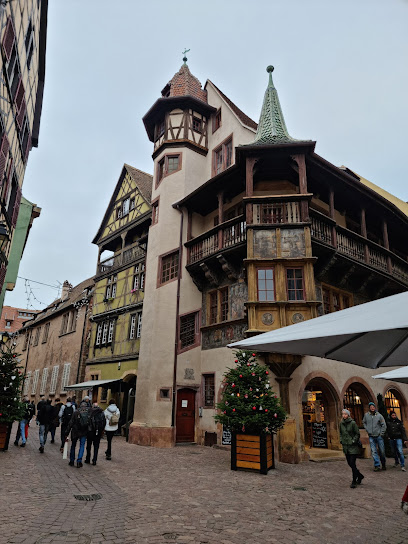
Alsatian Wines Museum
0.1 km
Explore the heritage and flavors of Alsace at the Alsatian Wines Museum in picturesque Colmar, a treasure for wine lovers and cultural enthusiasts.

Choco Story Colmar
0.1 km
Explore the delectable world of chocolate at Choco Story Colmar, where history meets indulgence in a delightful museum experience.
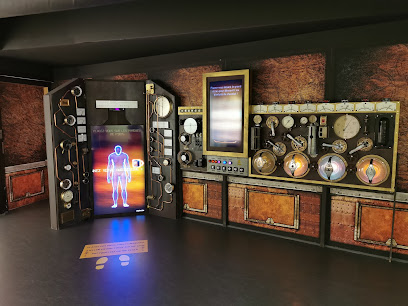
VINUM Colmar | Vins & Spiritueux | Caviste
0.1 km
Discover the finest selection of wines and spirits at VINUM Colmar, a charming wine cellar in the heart of Alsace, perfect for every wine enthusiast.
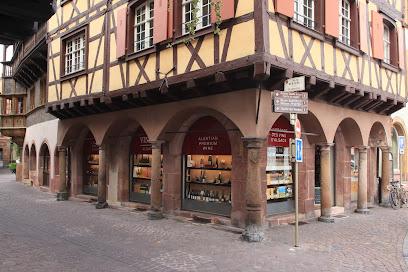
Essential places to dine
Le Fer Rouge
0.0 km
Experience authentic French cuisine at Le Fer Rouge in Colmar - where tradition meets modernity in an unforgettable dining experience.
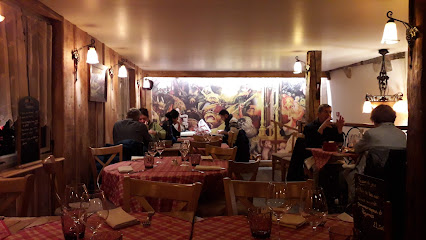
Jadis et Gourmande
0.0 km
Experience the charm of Alsatian cuisine at Jadis et Gourmande, where delightful flavors meet whimsical decor in beautiful Colmar.
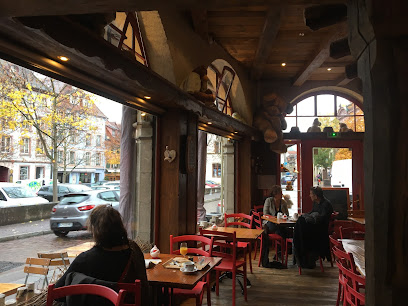
Restaurant Au Koïfhus
0.1 km
Experience authentic French cuisine at Restaurant Au Koïfhus in Colmar, where tradition meets flavor in a charming setting.
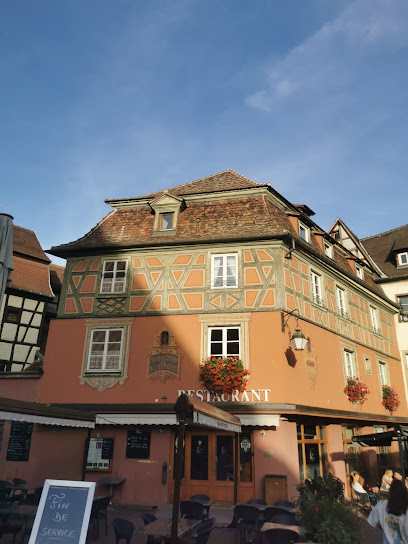
Restaurant L’Escale
0.1 km
Discover exquisite Alsatian cuisine at Restaurant L’Escale in Colmar—where tradition meets taste in a charming setting.
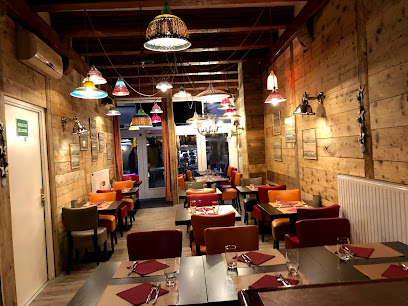
Brasserie des Tanneurs
0.1 km
Savor authentic French cuisine in Colmar's scenic Brasserie des Tanneurs - a culinary delight blending tradition and taste.
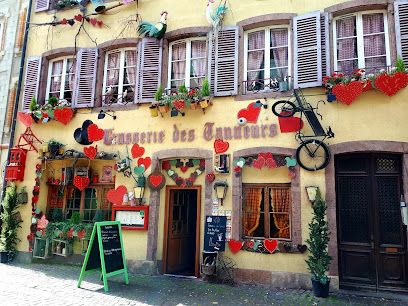
Schwendi Bier und Wistub
0.1 km
Discover authentic Alsatian flavors at Schwendi Bier und Wistub in Colmar – where tradition meets taste in every delightful dish.
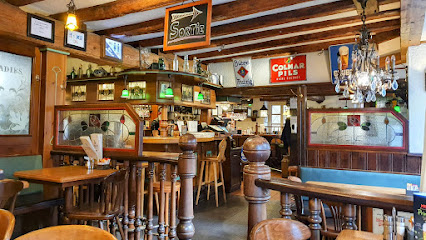
Restaurant La Soï
0.1 km
Experience authentic French cuisine in Colmar at Restaurant La Soï – where tradition meets flavor in a cozy atmosphere.
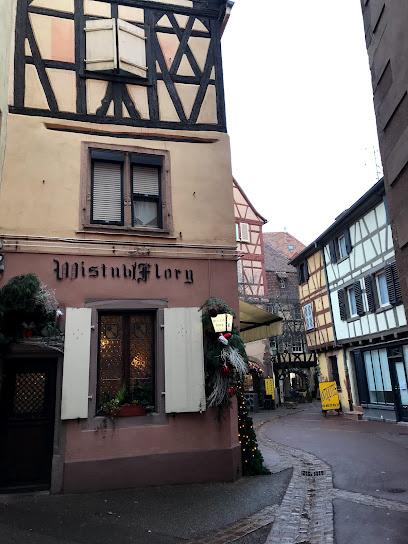
Winstub La Taverne
0.1 km
Experience authentic Alsatian cuisine at Winstub La Taverne - where tradition meets flavor in the heart of Colmar.
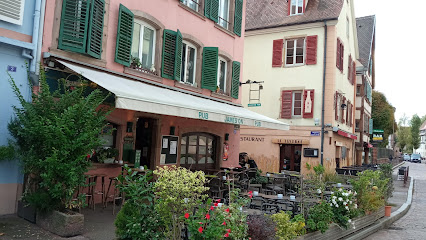
L'Atelier du Peintre
0.1 km
Experience exquisite French cuisine in Colmar at L'Atelier du Peintre – where every dish is a masterpiece.
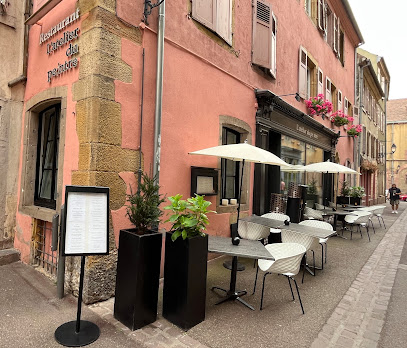
Le 3
0.1 km
Experience modern French cuisine at Le 3 in Colmar - where tradition meets innovation in every dish.
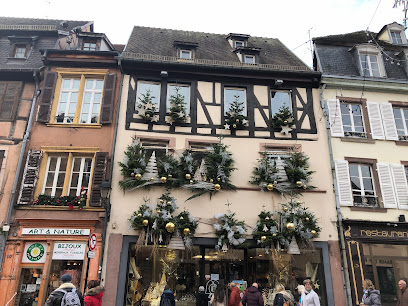
La pergola
0.2 km
Experience authentic French cuisine at La Pergola in Colmar, where traditional dishes meet local charm.
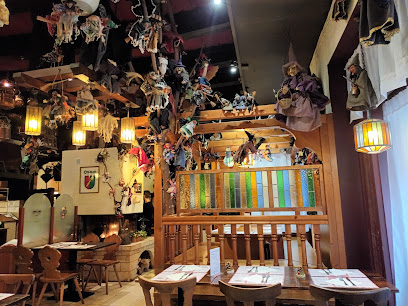
BISTROT GOURMAND
0.2 km
Experience authentic French cuisine at Bistrot Gourmand in Colmar—where brunch meets tradition in a charming bistro setting.
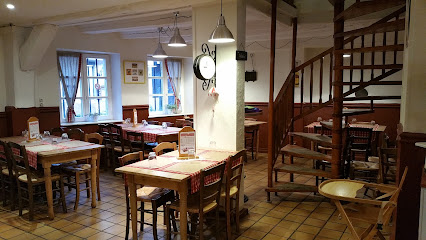
La Stub
0.2 km
Experience authentic Alsatian cuisine at La Stub in Colmar—where tradition meets taste in a charming atmosphere.
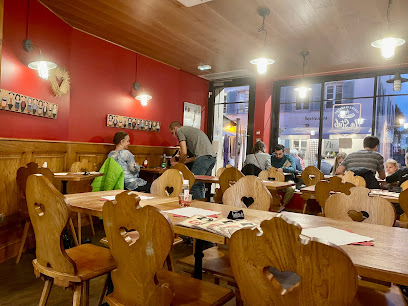
Le Bistrot des Copains
0.2 km
Experience authentic French cuisine at Le Bistrot des Copains in beautiful Colmar, where every dish tells a story.
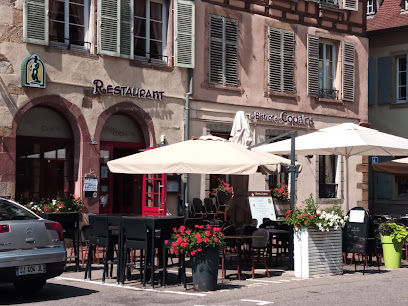
L’Arpège
0.2 km
Experience exceptional French cuisine at L'Arpège in Colmar – where local flavors meet artistic presentation.
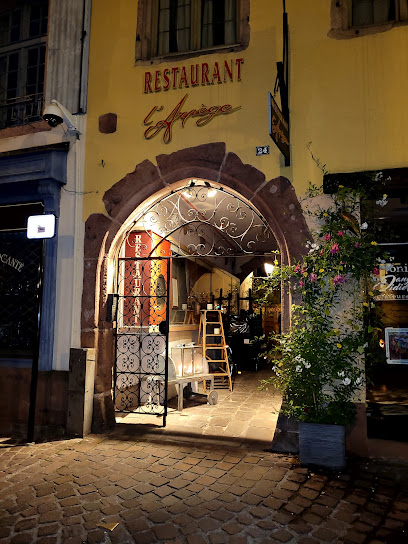
Markets, malls and hidden boutiques
Impulsion Cadeaux Souvenirs
0.1 km
Discover authentic Alsatian souvenirs at Impulsion Cadeaux Souvenirs in Colmar, a treasure trove of local crafts and unique gifts.

Les 100 Ciels
0.1 km
Explore Les 100 Ciels in Colmar, a charming gift shop filled with unique souvenirs and artisan crafts that capture the essence of the Alsace region.
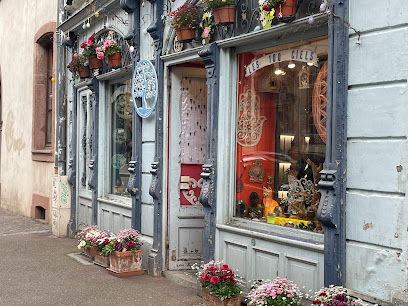
Namasté
0.1 km
Explore Namasté in Colmar for unique handcrafted gifts, clothing, and local artistry that embodies the charm of Alsace.

Alsace Boutique
0.1 km
Explore Alsace Boutique in Colmar for unique gifts, home goods, and beautiful pottery that reflect the rich culture of the Alsace region.

La Magie de Noël
0.1 km
Experience the enchantment of Christmas at La Magie de Noël, a delightful gift shop in Colmar offering unique festive treasures.
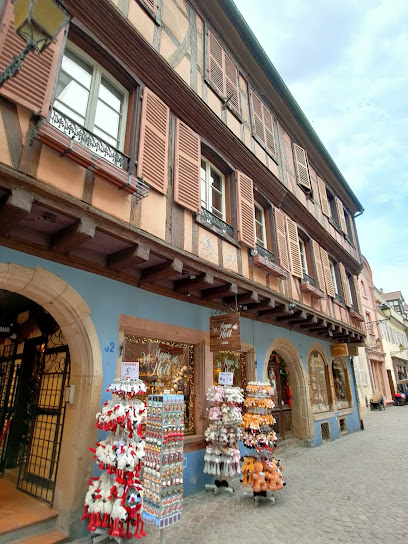
Avenue d'Alsace - boutique de linge de maison et accessoires
0.1 km
Discover Avenue d'Alsace in Colmar, a boutique offering exquisite linens, unique baby items, and elegant home accessories for every occasion.
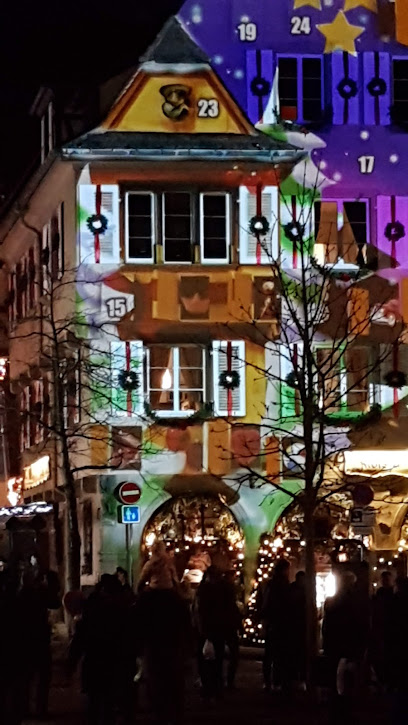
Fortwenger Spices Breads
0.1 km
Explore the exquisite flavors of Fortwenger Spices Breads in Colmar, your gateway to gourmet spices and culinary inspiration.
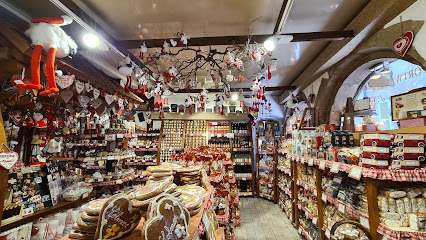
Boutique Mellow Mood colmar
0.2 km
Discover unique fashion at Boutique Mellow Mood in Colmar, where local craftsmanship meets contemporary style in a charming setting.
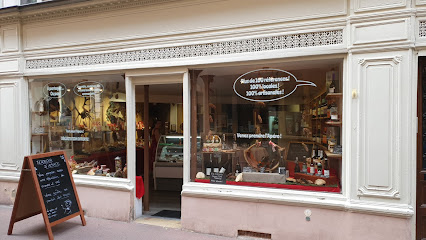
La Sommeliere
0.2 km
Discover the finest selection of Alsatian wines at La Sommeliere, where tradition meets expertise in the heart of Colmar.
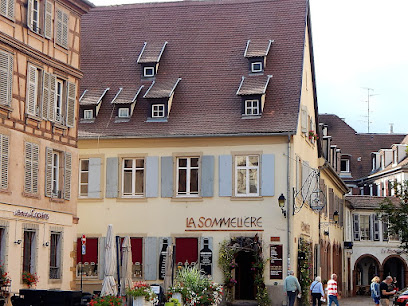
L'Amie d'Antoine - Boutique de souvenir d'Alsace et d'objet de décoration
0.2 km
Explore L'Amie d'Antoine: A unique souvenir store and gourmet grocery in Colmar, showcasing the best of Alsace's culture and flavors.
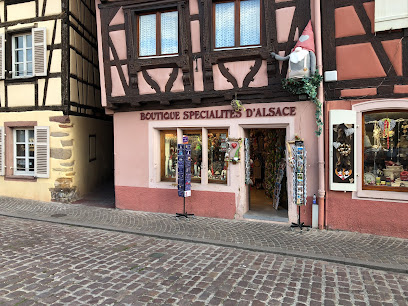
Le Comptoir de Mathilde
0.2 km
Discover the exquisite world of artisanal chocolates at Le Comptoir de Mathilde in Colmar, where traditional French craftsmanship meets sweet indulgence.
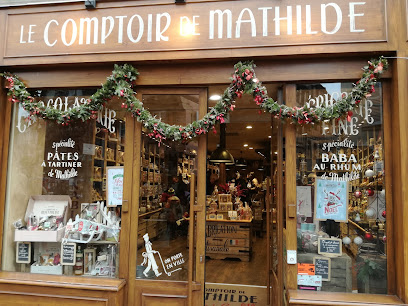
Core to Core
0.2 km
Explore Core to Core in Colmar for high-quality sportswear that combines style and function for all your athletic needs.
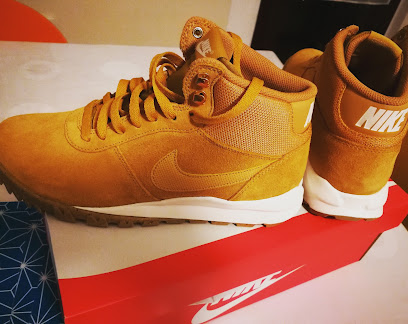
The Store
0.2 km
Explore The Store in Colmar for an exquisite selection of women's clothing and fashion accessories that redefine your style.
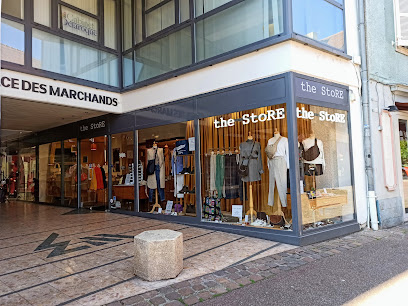
Souvenirs Alsace A Coeur Decoration
0.3 km
Explore the charm of Alsace through unique souvenirs at Souvenirs Alsace A Coeur Decoration in Colmar, where memories are crafted with love.
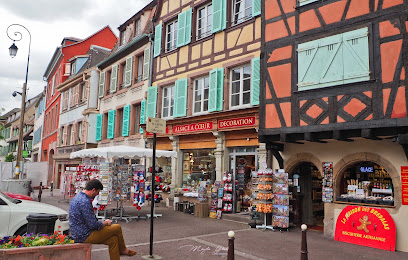
Goodvibes Colmar
0.3 km
Explore stylish women's clothing, leather goods, and shoes at Goodvibes Colmar, the boutique offering a unique shopping experience in the heart of Alsace.
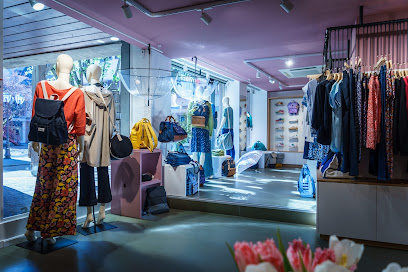
Essential bars & hidden hideouts
Le Murphy's
0.0 km
Experience the vibrant spirit of Ireland at Le Murphy's, the heart of Colmar's nightlife with live music and a diverse drink menu.
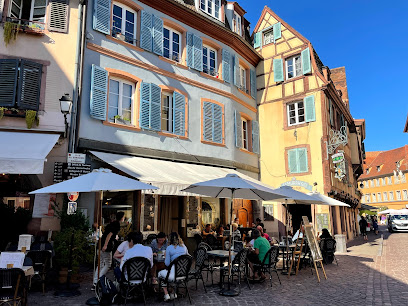
DEER AND BEER
0.1 km
Experience the charm of Colmar at Deer and Beer, where local brews and delicious fare come together in a rustic atmosphere.
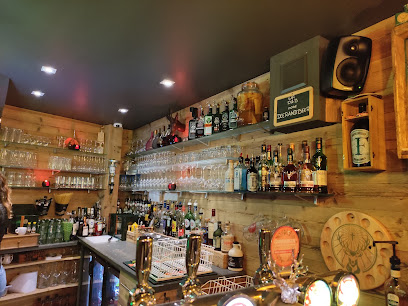
Chez Moi
0.1 km
Experience the charm of Colmar at Chez Moi, a cozy bar and café offering delightful drinks and a welcoming atmosphere.
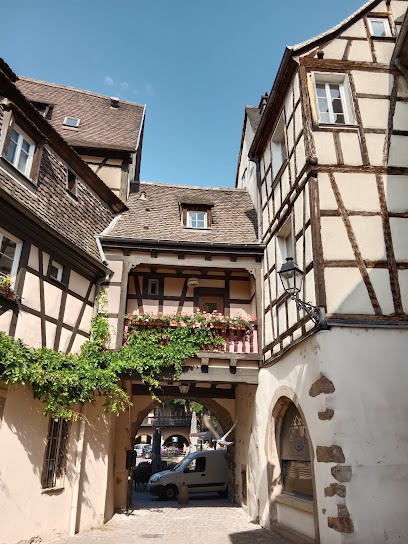
Pub James'On
0.1 km
Experience the vibrant atmosphere and delicious flavors at Pub James'On, a charming pub in the heart of Colmar, France.
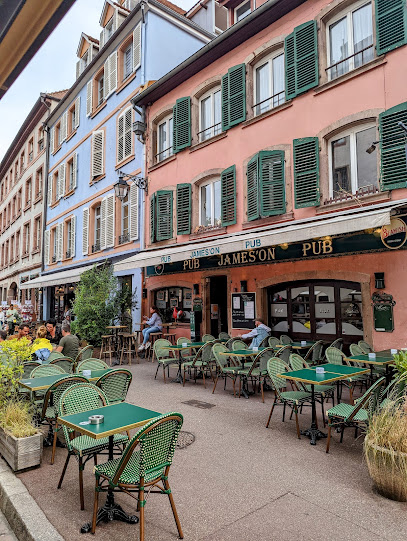
Les Incorruptibles
0.1 km
Experience the vibrant atmosphere and delightful drinks at Les Incorruptibles, a must-visit bar in the heart of Colmar, France.
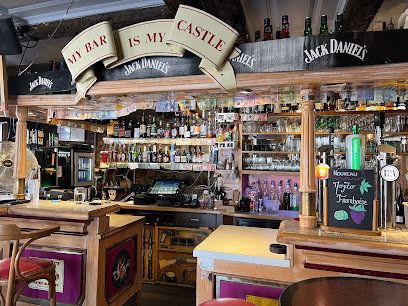
Les Augustins
0.1 km
Experience the exquisite charm of Colmar's Les Augustins, a wine bar offering the finest local wines in an elegant and cozy atmosphere.
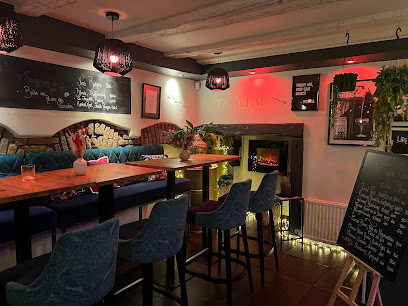
Café des Marchands
0.1 km
Experience the best of Alsace wines and craft beers at Café des Marchands in the heart of Colmar, a cozy haven for all wine and beer lovers.
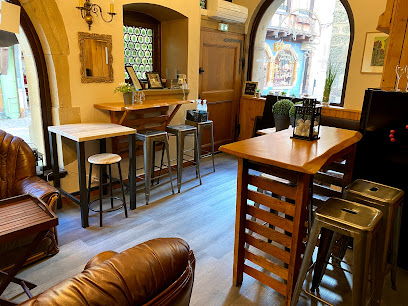
MANNALA PILS
0.1 km
Experience the vibrant charm of Mannala Pils, a premier bar in Colmar, France, known for its craft drinks and lively atmosphere.

The 3 Monkeys
0.2 km
Discover the lively atmosphere and delightful drinks at The 3 Monkeys, a vibrant pub in the heart of Colmar's charming streets.
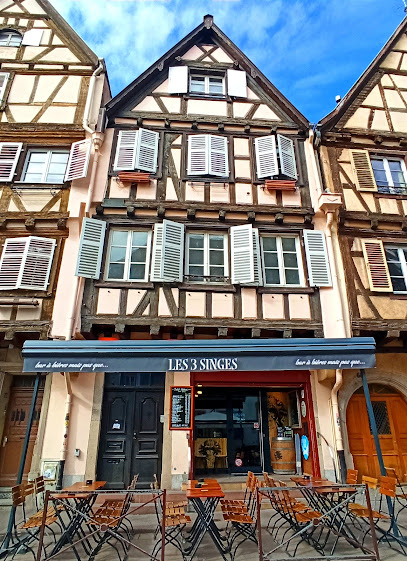
L’Un des Sens | Assiettes gourmandes et canons à partager au bar à vin intimiste du vieux Colmar
0.2 km
Discover the delightful fusion of gourmet dishes and exquisite wines at L’Un des Sens, your intimate wine bar in Colmar.
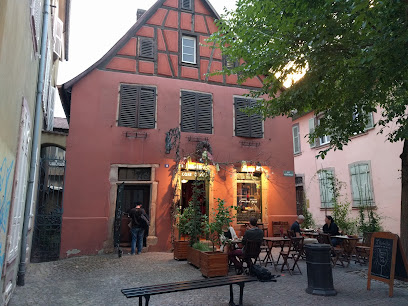
Le Major'L
0.3 km
Experience the essence of Alsatian wine culture at Le Major'L in Colmar, a cozy wine bar perfect for relaxation and enjoyment.
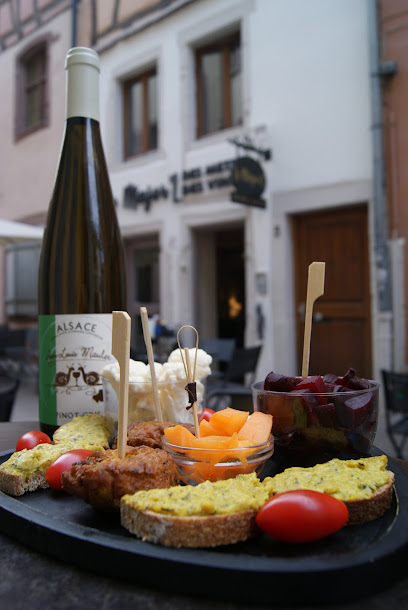
Le Shelby Colmar
0.3 km
Discover the vibrant nightlife at Le Shelby Colmar, where craft beers, cocktails, and wines await in a cozy and lively atmosphere.

Le Cercle Des Aromes
0.3 km
Discover the charm of Alsace at Le Cercle Des Aromes, where exquisite wines and local cuisine come together in a cozy atmosphere.
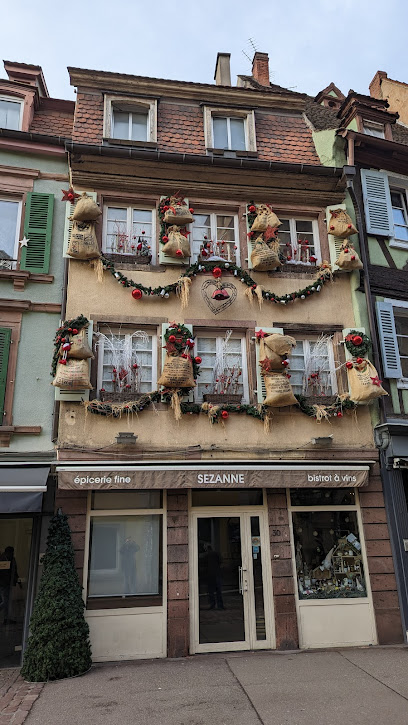
O'Rabbit's Irish Pub
0.4 km
Discover the vibrant atmosphere and authentic flavors of Ireland at O'Rabbit's Irish Pub in Colmar, a perfect spot for food and fun.
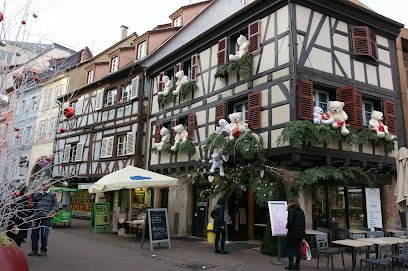
K Bar
0.4 km
Experience the vibrant nightlife of Colmar at K Bar, where exquisite cocktails and a chic atmosphere await you.
